The Benefits of Epoxy Flooring for Architecture & Design Facilities
Epoxy flooring has become a staple in many architecture and design facilities due to its aesthetic appeal, durability, and practicality. From high-end residential designs to cutting-edge commercial spaces, epoxy floors are a versatile solution that meets both functional and design needs. But what exactly makes epoxy flooring stand out? In this article, we’ll explore the multiple benefits of epoxy flooring for architecture and design facilities and how it can transform those spaces.
What is Epoxy Flooring?
Before diving into its advantages, it’s important to understand what epoxy flooring is. Epoxy is a type of resin that, when mixed with a hardening agent, creates a durable surface ideal for floors. It’s commonly applied in layers to create a smooth, seamless surface that can withstand a variety of stresses and demands. Its unique combination of materials makes it a go-to choice for many spaces, including commercial buildings, industrial sites, and even residential homes.
Durability: A Long-Lasting Solution
One of the primary reasons why epoxy flooring is so popular in architectural and design facilities is its incredible durability. When applied correctly, epoxy floors can last for decades. They are resistant to abrasions, impacts, chemicals, and even stains. This makes them an ideal solution for spaces that experience heavy foot traffic, such as offices, retail stores, and showrooms.
Epoxy’s toughness also extends to its resistance to water and moisture. It won’t warp or degrade like wood or some other flooring options, making it suitable for environments where spills or water are common, such as kitchens or laboratories.
Aesthetics and Customization
Epoxy flooring offers endless design possibilities, making it a favorite choice for architects and designers. Whether you’re aiming for a sleek, modern look or something more creative and artistic, epoxy can be tailored to fit the exact vision of a space. It’s available in a variety of colors, textures, and finishes, giving designers the ability to match or contrast with existing decor elements.
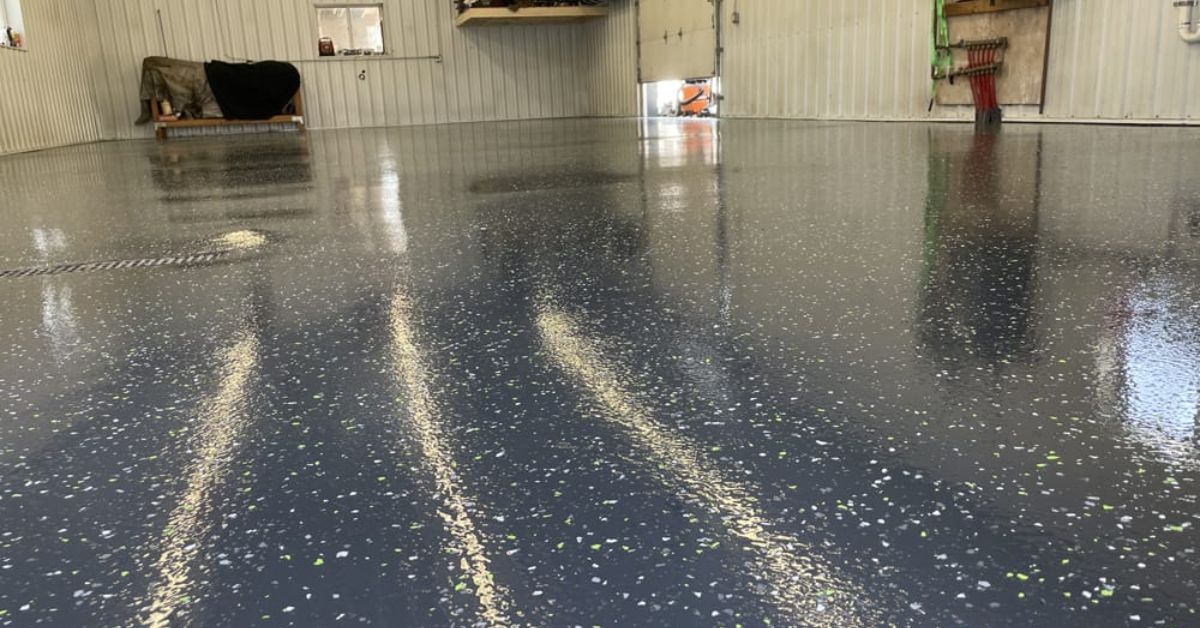 Moreover, epoxy floors can be customized with decorative chips, flakes, or metallic finishes that can add a unique, stylish touch to any room. The glossy surface can create a mirror-like finish, contributing to the overall sense of brightness and spaciousness in a facility. These design options make epoxy flooring a powerful tool in achieving both form and function in architectural spaces.
Moreover, epoxy floors can be customized with decorative chips, flakes, or metallic finishes that can add a unique, stylish touch to any room. The glossy surface can create a mirror-like finish, contributing to the overall sense of brightness and spaciousness in a facility. These design options make epoxy flooring a powerful tool in achieving both form and function in architectural spaces.
Cost-Effectiveness
When comparing the initial cost of epoxy flooring with other materials, it’s often more affordable, especially considering its long-term performance. While the upfront cost might be similar to other high-end flooring options, the longevity and low maintenance needs of epoxy flooring make it a smart investment.
With epoxy flooring, there’s little need for frequent replacements or repairs, which can save building owners or facility managers significant amounts of money in the long run. The ability to easily clean and maintain epoxy floors also reduces ongoing costs associated with upkeep.
Easy Maintenance and Cleaning
One of the standout features of epoxy flooring is its ease of maintenance. Unlike carpet or wood floors, epoxy surfaces are non-porous, which means they don’t absorb liquids or dirt. This makes cleaning much simpler. Whether it’s sweeping, mopping, or wiping up spills, epoxy floors can be quickly restored to their original shine without the need for expensive cleaning products or labor-intensive procedures.
The seamless nature of epoxy flooring also eliminates the cracks and crevices that can harbor dust, dirt, and bacteria, making it a hygienic option for spaces where cleanliness is a priority, such as hospitals, kitchens, or laboratories.
Safety Features
In addition to aesthetics and durability, safety is a crucial consideration when choosing flooring for architectural spaces. Epoxy flooring offers several safety advantages that can make it an ideal choice for various environments. The non-slip properties of epoxy floors are particularly important in areas where wet conditions are common, such as bathrooms, kitchens, or industrial zones.
Many epoxy flooring systems also come with anti-microbial properties that reduce the growth of bacteria, mold, and mildew, making them a healthier option for spaces with high foot traffic.
Environmental Sustainability
Epoxy flooring is an environmentally friendly option for building projects. Many epoxy systems are now formulated with low or no volatile organic compounds (VOCs), reducing their impact on air quality. Moreover, the longevity of epoxy flooring means fewer materials are needed over time, contributing to less waste. Its durability and low-maintenance nature also mean less energy and resources are spent on cleaning, further minimizing environmental impact.
For those looking to achieve green building standards or contribute to sustainable construction efforts, epoxy flooring can be a valuable component in meeting these goals.
Resistant to Heavy Traffic and Wear
Architecture and design facilities often experience heavy foot traffic, especially in commercial environments. Whether it’s a bustling retail store or a high-traffic office space, epoxy flooring can withstand intense wear and tear. This makes it an ideal choice for public spaces, where flooring is continuously subjected to pressure from furniture, foot traffic, and even equipment.
The robustness of epoxy ensures that your flooring will retain its pristine look, even under the harshest conditions. This resistance to wear means you won’t have to worry about replacing or repairing floors as frequently, which translates into long-term savings and peace of mind.
 Epoxy Flooring for Specialized Applications
Epoxy Flooring for Specialized Applications
In addition to its general use in architectural and design facilities, epoxy flooring can be adapted for specialized environments. For example, in laboratories, clean rooms, or medical facilities, epoxy floors can be customized to meet strict hygiene and safety standards. Anti-static properties can be added to prevent the accumulation of dust or sparks, making epoxy ideal for tech environments like computer rooms or assembly lines.
In spaces like showrooms or exhibition halls, epoxy floors can be used to create visually striking designs that complement the architecture and highlight products on display. Epoxy is versatile enough to suit both functional and creative needs, making it suitable for a wide range of applications in the design world.
Epoxy Flooring for Architecture & Design Facilities
Epoxy flooring is more than just a practical choice; it’s a design solution that offers durability, aesthetics, cost-effectiveness, and ease of maintenance. From its longevity to its safety features and environmental benefits, it’s no wonder why epoxy flooring is increasingly popular in architecture and design facilities. Whether you’re designing a commercial office, a retail store, or an industrial space, epoxy floors provide the perfect balance of functionality and style. So, if you’re looking for a flooring option that checks all the boxes, epoxy is certainly worth considering.

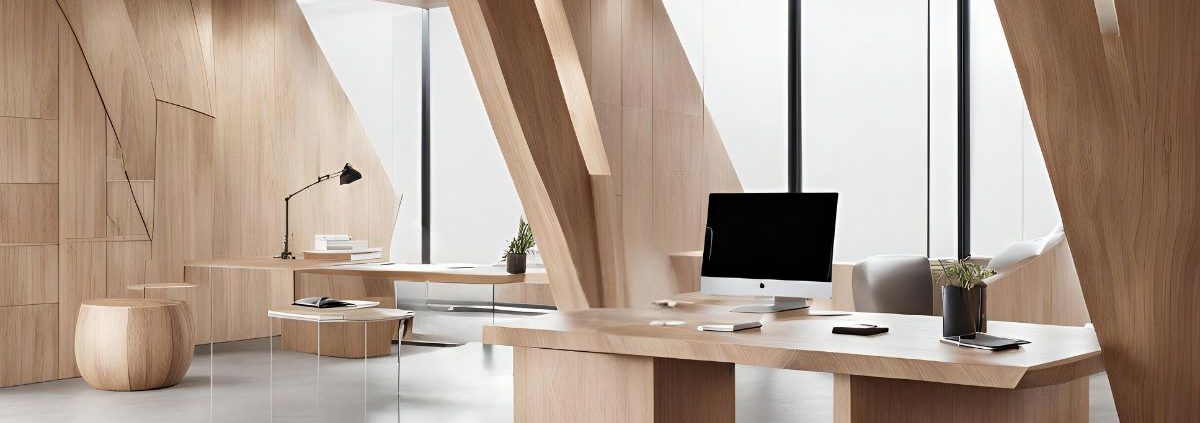
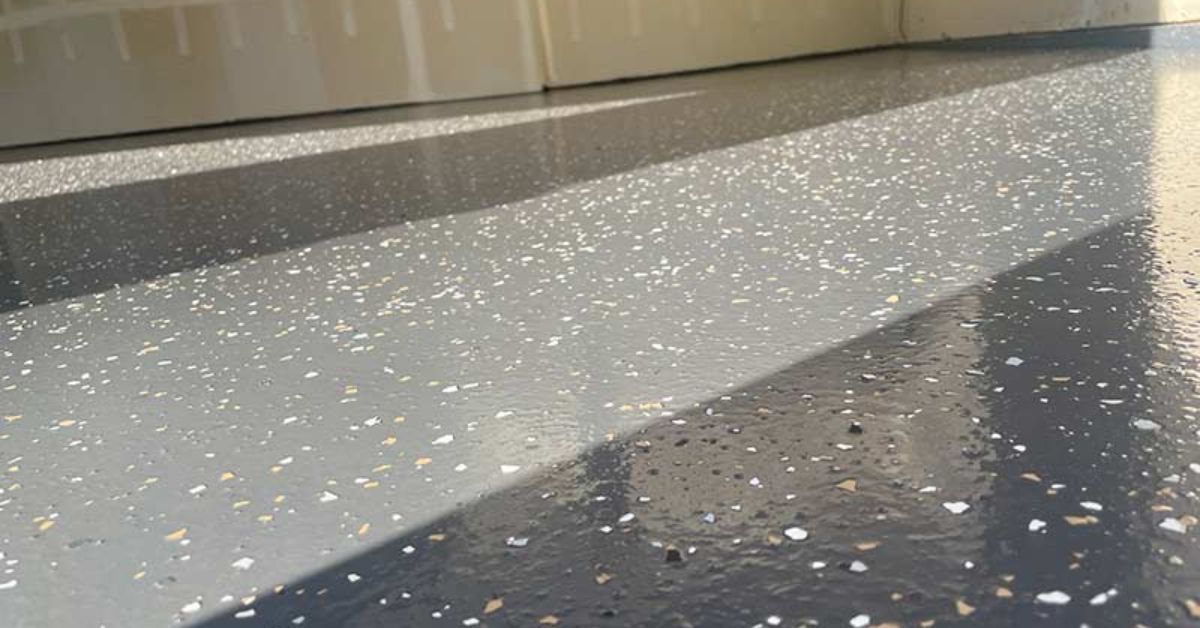 Epoxy Flooring for Specialized Applications
Epoxy Flooring for Specialized Applications
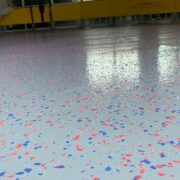
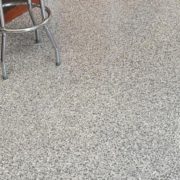
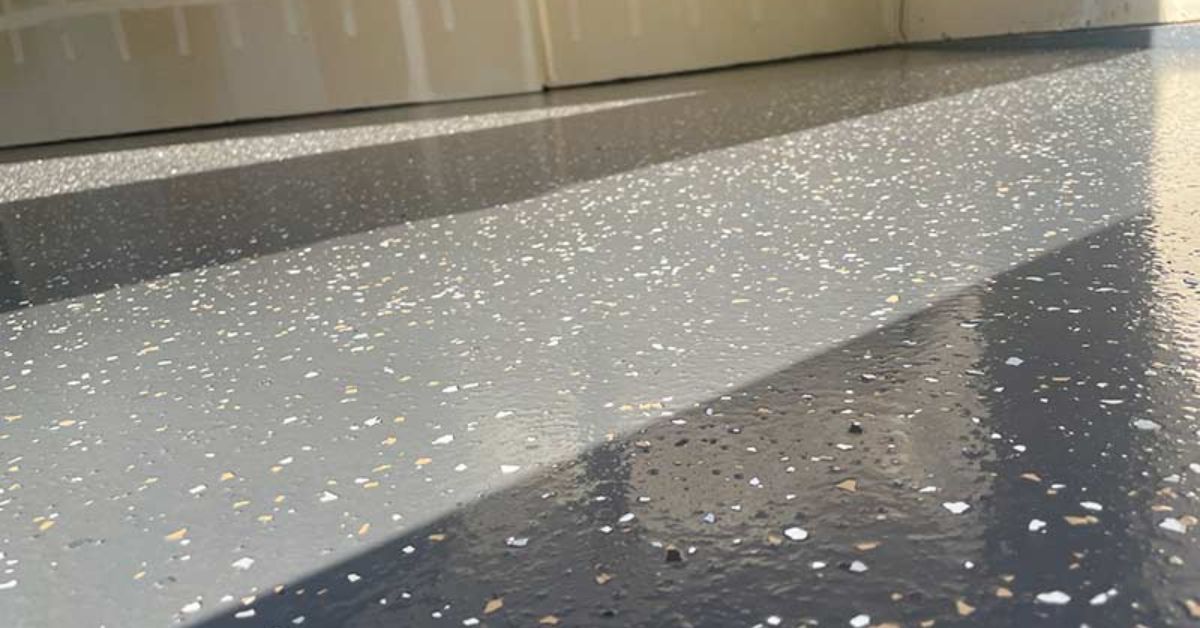

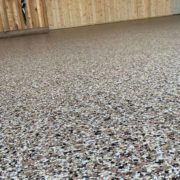





Leave a Reply
Want to join the discussion?Feel free to contribute!